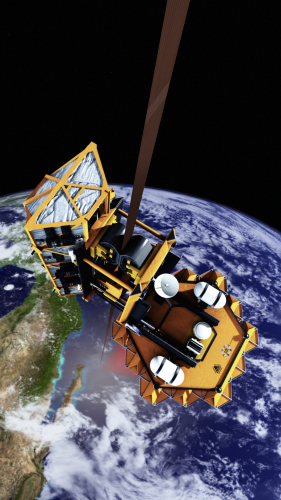SpaceElevator

Home Page
Our Basic Premises
- One of the premises of the free software movement is that: proof of concept, running code, and presence of community are all that are necessary for success. A wiki cataloging a critical mass of models, spreadsheets, simulations, and documentation, in open formats, will attract people to help find and solve problems.
- No toys. Anything can be modeled in software so we will increasingly aim to simulate the real thing.
- Crawl, walk, run. We have big goals which is fine, and we will get there one step at a time. Any progress is good, however, we are too small to do waste, which is the "No toys" mantra above, and why we should reuse as much as possible -- standing on the shoulders of giants. The best way to make a wiki is not to start writing, but to gather existing things that belong in it!
Think big: what would we want from NASA and Intel?
Next Steps
Book Revision work
Content
CAD models
We need 3-D models in free formats usable by apps like this: http://sketchup.google.com/
(I suspect there is a free app to make models in that is better than sketchup, but with free formats, we don't care.)
We could build all the basic parts as a 3-D model, then get people improving on all of them in parallel. What really does a climber need to look like?
Here is a list of people who will build models for sketchup. http://sketchup.google.com/3dwarehouse/cldetails?mid=c9bd5e6d5b511d0e6c58fbbbefee0599
A few space elevator models: http://sketchup.google.com/3dwarehouse/search?q=space+elevator&btnG=Search&styp=m&reps=1
This task is initially an archaeological expedition. Brad finds 3-D models he knows about and puts them up here. (I will go through the sketchup warehouse and create links to any that are cool.)
Particle simulations
Codebase_Analysis#Physics_Engines
From Brad:
One thing that we can set up in the physics model is a degradation analysis of the ribbon. Essentially take the ribbon stretch it under high tension and then snap a thread. The interesting part is the stored energy and where it goes - there is a lot and it will affect how we design the ribbon.
Imagine you built a simulator so that when you added weight to the climber, the ribbon dimensions got bigger. If a spreadsheet created calculations that boiled down to simple algebraic formulas, those could be put into a video game.If someone improves the spreadsheet, they can swap in a different algebraic constant.
Other Software
NASA's free code: http://opensource.arc.nasa.gov/